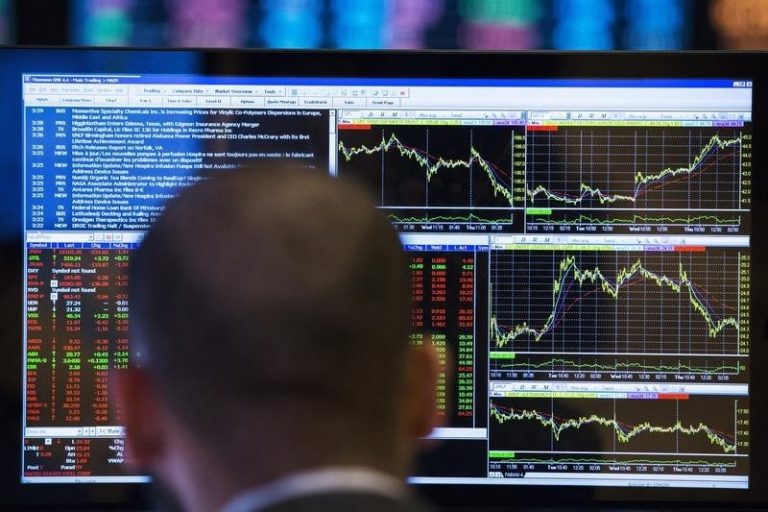Investing.com — The “Goldilocks narrative” can continue to drive equity markets higher if economic data remains favorable, according to Barclays (LON:BARC) strategists.
Global equities have risen approximately 15% since the summer growth scare, as recession fears have faded and recent data suggests a “goldilocks” environment again.
The latest ISM manufacturing data showed a significant improvement, with an increase in new orders and a decline in prices paid. However, ISM services have returned to normal levels after two months of unexpected strength.
Meanwhile, the “Trump trade” has diminished, as the US 10-year yields have dropped to pre-election levels, the dollar has retreated from its recent highs, and inflation expectations have moderated. This, Barclays notes, is “a good setup for equities.”
Upcoming payroll data on Friday will provide further insight into the health of the US labor market and potential Federal Reserve policy adjustments. Barclays economists predict a strong rebound in payrolls to 275,000, suggesting a three-month moving average of 170,000 per month.
“As long as the data remains not too hot/cold, the goldilocks narrative can continue to support equities higher, in our view,” strategists led by Emmanuel Cau said in a note.
“And even as long-only equity inflows have turned higher recently (largely towards US), systematic and hedge fund investors have not re-grossed much post US elections.”
In Europe, political instability persisted this week with the collapse of Barnier’s government in France. Still, markets appeared relatively unshaken, as both the OAT and CAC indices showed resilience. Broader EU equity markets also began to recover from their record underperformance against US equities in November.
Barclays suggested that much of the negative news might already be priced in. The potential formation of a technocratic government in France could improve sentiment by increasing the likelihood of a 2025 budget adoption.
According to the bank, this “would prevent the political crisis turning into a financial crisis, and likely provide some relief to the beaten-down French domestic and rate-sensitive plays.”
From a broader perspective, strategists point out the extreme performance and valuation gap between Europe and the US, signaling the possibility of some catch-up into 2025. Factors such as a broader reflation trade, reduced political risks in France, and the potential for ECB rate cuts next week could support this. However, they remained cautious about a significant reduction in the French risk premium without a clear catalyst.
Equity inflows slowed to $8 billion last week, marking the weakest level since the US election and far below the $33 billion average seen since early November. The drop was attributed to reduced momentum in US ($8.2 billion) and emerging market ($0.6 billion) inflows.
Europe experienced its largest outflows since early October, with $5 billion in capital exiting the region.

